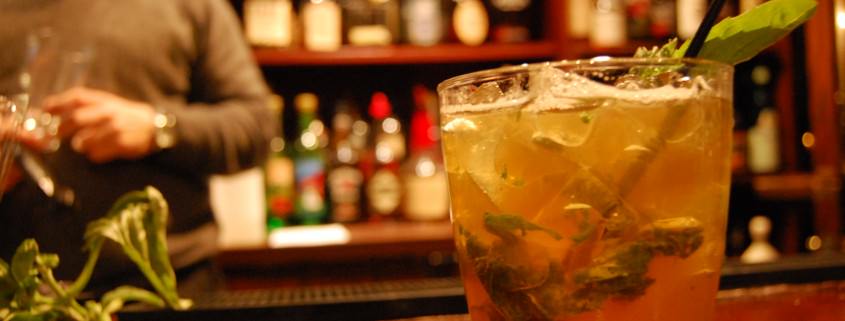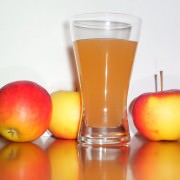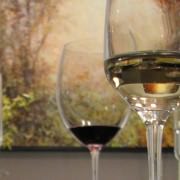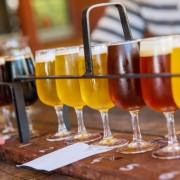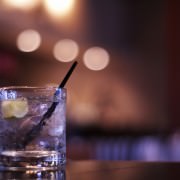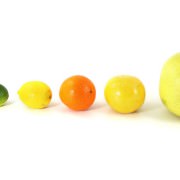The Cocktail: Here’s to Beauty and Simplicity – and Boosted Profits
What are some of the best strategies for developing a menu of cocktail specialties to boost bar and restaurant sales? According to Restaurant Business, Jon Taffer – who is host and executive producer of Spike TV’s Bar Rescue, as well as the founder and chairman of the hospitality consulting and business services firm Taffer Dynamics – says that drinks that offer visual appeal (and that can be made quickly, using what he calls “one minute mixology”) allow for the greatest return on investment. While exotic ingredients found in cocktails served at popular establishments in New York and San Francisco (Weather Up and Bourbon and Branch, for example) appeal to many consumers, it is how a cocktail is presented (both on the table and on the menu) that matters more than factors like using premium spirits and other special ingredients. A simple but eye-catching cocktail served in an attractive glass – and with a colorful garnish – is really what allows for a higher markup.
Steve Olson, who is founder of the restaurant service consultancy group aka wine geek (and who also co-founded Beverage Alcohol Resource), suggests, for instance, serving at least one cocktail on the specialty menu in a champagne flute. Using a variety of colors, shapes, and sizes of glasses in general is a great way to add visual appeal, as is something as simple as fresh garnishes and twists. As a practical matter, however, one must also consider how many of each type of glassware to keep in stock, in order to ensure that there are enough of each glass available when customers see others drinking these specials and the orders really start coming in. The same kinds of considerations are important when it comes to stocking ingredients; Olson recommends planning cocktail menus calling for individual ingredients that can be used in a variety of ways, and Taffer also cautions against keeping more than a maximum of 40 to 50 brands stocked in the back bar at any time (in order to cut down on too much inventory eating away at profitability). If the bar or restaurant caters to consumers who are drawn to a more upscale image, of course, then the types of premium spirits to keep in stock must be taken into account, too.
While it may be tempting to include martinis, margaritas, or other classic cocktails on the menu of house specialties, Taffer points out that customers might inquire about less expensive cocktails like these on their own if they really want them, regardless of whether the menu specifically mentions them or not. So why waste precious space on the cocktail list just to promote a less profitable product? Rather, he advises, why not center or box off more expensive specialty drinks on the menu in order to catch the customer’s eye (in the middle of that list of no more than twelve to twenty special cocktails)?
Bar and restaurant owners should also make sure that the profits for those featured specialty drinks don’t end up being compromised by a preparation process that takes too long, however. This is the reason Olson says that cocktails requiring six or more steps (including the addition of ice) are generally out of the question for a busy establishment, which may not be able to handle a great volume of such orders efficiently. When necessary, some cocktail preparation steps can be combined if certain select ingredients – ones that won’t be compromised by being combined early – are mixed in advance. Not only is it possible to sell more drinks in fewer hours when a shorter mixing time is factored in, but, Taffer emphasizes, today’s customers actually prefer simpler drinks that they don’t have to wait around for.
- Uncorkd Adds New Vendor Purchasing, Tracking and Reporting Functionality - February 13, 2018
- Uncorkd Adds New Inventory Management Functionality with POS Integration - July 24, 2017
- How Many Red or White Wines Should You Have on Your List - May 3, 2016

